
Let’s talk about materials.
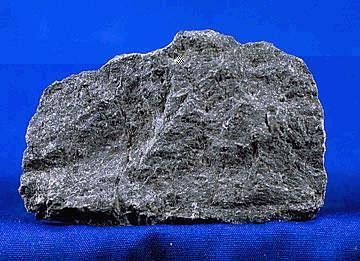
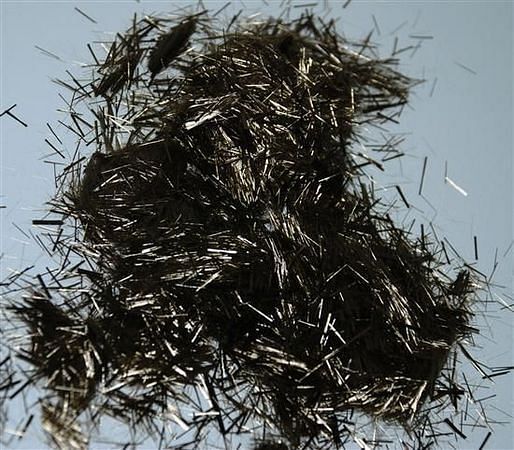
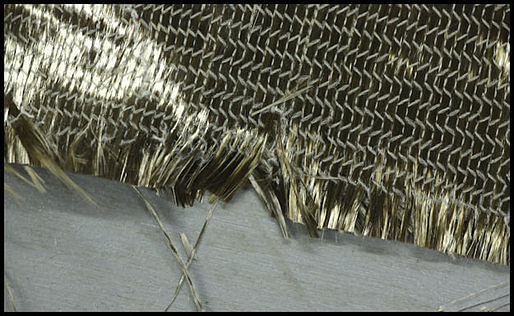
Basalt is an extrusive igneous rock with an extremely fine material structure, making it largely homogenous. When heated to 1500 degrees Centigrade and extruded through very fine holes, basalt produces a fibrous filament, similar to carbon fibers or glass fibers. This filament can be woven into sheets of material in the same way that other composite materials are, and when used in place of fiberglass, basalt exhibits a higher modulus of elasticity, higher yield strength, greater resistance to acids, chemicals, abrasives, UV radiation, high energy electromagnetic waves, and superior thermal stability. Basalt can be used in place of carbon fibre to offer superior thermal control, significant cost savings, and composite parts that outperform carbon in extreme environments, as well as offering significant environmental savings over traditional composites. The unique attributes of basalt, particularly the high tensile strength, exceptional strength to weight ratio, and dimensional stability lend themselves to creating unique lattice structures, as in Raimonds Cirulis' line of basalt fiber furniture.
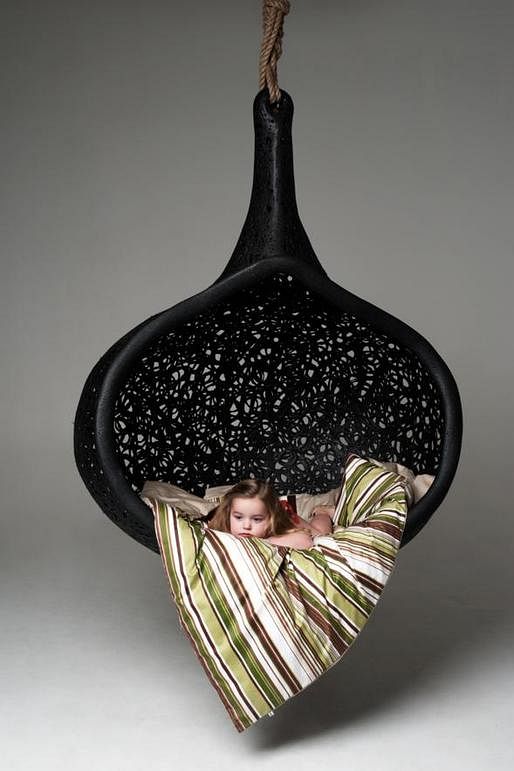
The environmental impact of producing complex petrochemical polymers will only continue to grow as the world moves past peak oil production; changing economies and the high cost of polymer production will make the production of fiberglass quite difficult long before we have exhausted our petroleum resources. Carbon fiber, especially the highest grades, is very difficult to locate and purchase, and that is without consideration of the astronomical price. It is becoming more common to see composite skins popping up in architectural projects - particularly smaller installations and in furniture by architects. The market for these pieces is limited by the cost of the materials and the negative environmental impact created by these pieces. The adoption of basalt as an alternative to glass fiber in plastics represents an opportunity for composites to become as accepted and widely used as any organic natural material, such as pulp, paper, or wood. When paired with a bio-plastic resin, basalt fibers can achieve greater strength, durability, and weight savings than fiberglass while offering a full composite fabrication system that generates infinitely recyclable waste, and contains no petrochemicals, solvents, or toxins.
 Composite use is becoming more widespread as architects and designers realize the potential for these structures to create opportunities for new solutions and new typologies to emerge. A recent building, the BMW Guggenheim Lab by Atelier Bow-Wow is a stunning example of the things that can be achieved with composites. The light and airy tectonic nature of the structure juxtaposes perfectly with the monolithic masonry buildings it is intended to be nestled between. No other type of material could allow the lightness and mobility of this building without significantly impacting the structure.
Composite use is becoming more widespread as architects and designers realize the potential for these structures to create opportunities for new solutions and new typologies to emerge. A recent building, the BMW Guggenheim Lab by Atelier Bow-Wow is a stunning example of the things that can be achieved with composites. The light and airy tectonic nature of the structure juxtaposes perfectly with the monolithic masonry buildings it is intended to be nestled between. No other type of material could allow the lightness and mobility of this building without significantly impacting the structure.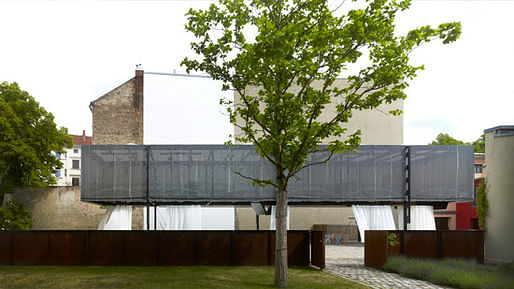
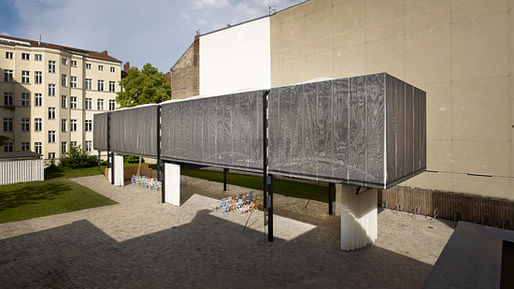
The pursuit of experimental architecture is no small task, but rarely does it fall in such stark opposition to a popular movement, in this case, the revolution in green design. Advancements in building technology mean little if they are accompanied by regressions in our environmental stewardship, or when the material is so scarce and specialized it cannot be reliably sourced.
The building industry has been slowly waking up to composite technologies for years, and it appears as if architects and academics are ready to embrace plastics and their possibilities beyond the restrictive scale of furniture design, and the superficial zone of facade design. It is imperative that as the design industry wakes up to composite structures and the possibilities they present, it does not abandon the environment. Effective solutions for continuing to move forward in the field of experimental architecture are all around us - basalt fibres present an opportunity for structural refinement through material exploration as well as embedding environmental solutions in new structures.
Photo Sources.1. http://resourcescommittee.house.gov/subcommittees/emr/usgsweb/photogallery/ 2. http://img.directindustry.com/images_di/photo-g/chopped-basalt-fiber-54523-2839963.jpg 3. http://www.boatdesign.net/forums/attachments/materials/46766d1282692974-basalt-fiber-anyone-basalt1.jpg 4. http://www.maffamfree.com/lv/ 5. http://www.bmwguggenheimlab.org/what-is-the-lab/architecture 6. http://www.bmwguggenheimlab.org/what-is-the-lab/architecture 7. http://www.coolhunting.com/culture/bmw-guggenheim-lab-nyc.php
A blog covering the various processes, methods, and pitfalls involved in designing, producing, and fabricating large scale sculptural and architectural features.
3 Comments
Great post. Thanks for sharing.
Indeed great stuff.
Geology is such a fascinating part of architecture.
Check out the Harpa Center in Reykjavik. The facade is inspired by the geometric form of columnar basalt.
Block this user
Are you sure you want to block this user and hide all related comments throughout the site?
Archinect
This is your first comment on Archinect. Your comment will be visible once approved.